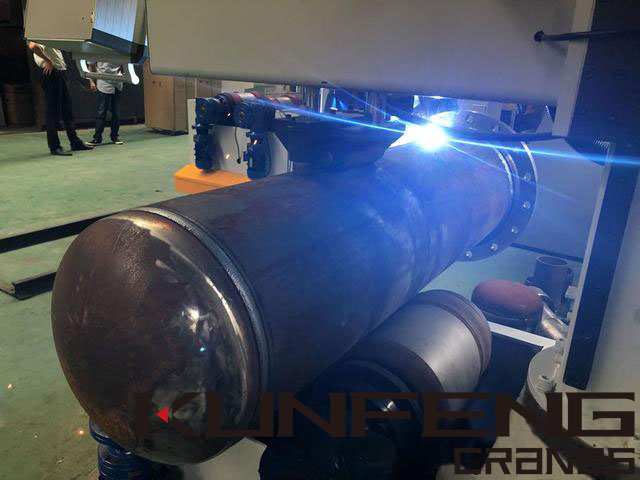-
 Call Now ! 0086-13390692151
Call Now ! 0086-13390692151 -
 Email Now sale@kfqizhongji.com
Email Now sale@kfqizhongji.com



Tanks and pressure vessels are used to store and transfer liquids and gases under high pressure. Welding on pressure vessels must be extremely high quality to withstand working conditions. From food processing and fermentation through to nuclear waste storage and pharmaceutical processing, tanks and
